I came back from Iraq and went back to art school, and through the process ended up in a printmaking class. I fell in love with it. I was there that I started realizing that I could use my military subject matter and tell stories. Originally, I just wanted to do autobiographical prints of my story. Then I realized this disconnect from student veterans, we were all isolating ourselves from civilians. We’d talk to each other. We had this great group of people that would just shoot the shit and share stories. But we didn’t want to have anything to do with civilians. I realized that wasn’t going to be okay for me for the rest of my life. I needed a way for us to break down that barrier. How can I utilize me artwork to do that? But how can I do it in a way that I’m bringing the community together to hear these stories without being invasive and without exploiting the veteran? I got to the local printmakers and I asked them, would you be interested in doing this? Where you would listen to a veteran’s story and then you make the print. The veteran has nothing to do with the artwork. It’s a time to listen and to create that conversation visually, and to reinvestigate how a historic portrait is portrayed.
It’s been successful, I’m glad to say. The more the veterans see the images, the more they’re willing to come forward and say, yeah, I’ll tell me story. The more artists we get involved and speak about those experiences, the more walls we break down. When you invite people into that they might have a better understanding. They’re still not going to know what that traumatic moment felt like. That’s what we have to get over, you know? By leading your life with that same motivation and determination. I think that’s why you’re seeing a lot of veterans come out this go-around involved in entrepreneurialism and starting our own organizations. We’re not just relying on the organizations that are pre-existing. We’re just making it happen. That’s a way to channel our energy.
I was fellow with The Mission Continues. I was unsure about doing that fellowship. Put post-9/11 veterans back into their community and give them a sense of service because we still have a mission. It may not be military, but it’s service. They gave me something to do. They didn’t just say, take it easy, decompress. No, they said, you still have work to do. You don’t have to wear stripes on your arm to go out and motivate people, to lead people, to make a change, to do something different. For those that aren’t ready to enter that, I think they need people like us to be that sergeant and say, you don’t get it yet, but you will. And if you don’t, that’s okay. I’m going to help you survive. If we don’t step up than we’re just letting them all fall.
I think that’s why I continue to take advantage of the programs that assist me. They’re not just trying to fix me. That’s my tee-shirt, don’t try to fix me. Like, all these programs that I’m involved in aren’t trying to fix me. I get healing and results because of the activities that I participate in. Each new thing I do I’m able to tell somebody that’s fresh out, oh, you’ve got to do this. This program’s incredible.
There are organizations out there that give you that reason to use that dedication, that determination, those leadership skills, that you learned while in the military. If you are getting out and you’re not sure what your path is but you know you still have something within you that’s for a greater good, go find those organizations. Go do something within your communities. Go continue to serve. That’s an important part of transitioning from the military. You may not want to be a soldier all your life, you may not want to be a Marine all our life, you may not want to sailor or a seaman or an airman, but there are other things you can do that represent your community just as well. Continue to use that. Find those organizations and continue to serve.
 Passport
Passport





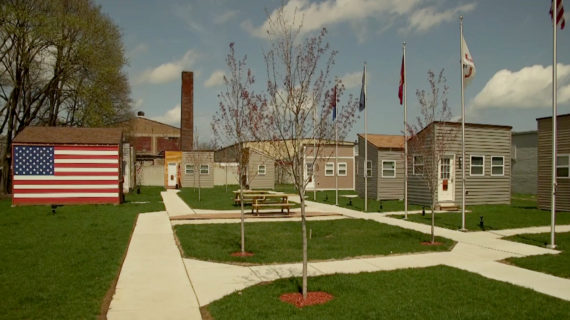
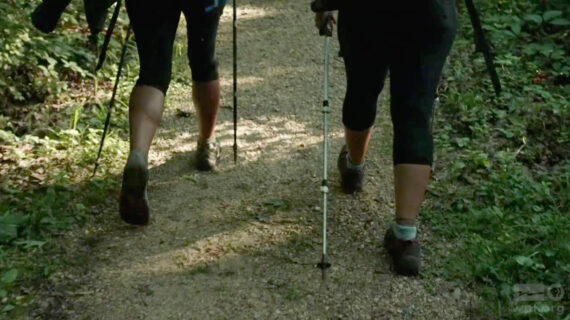

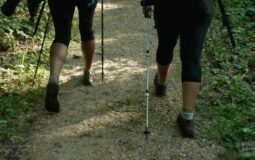
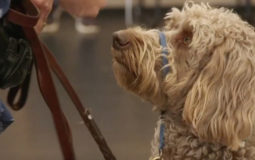
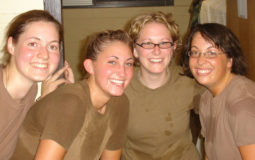

Follow Us